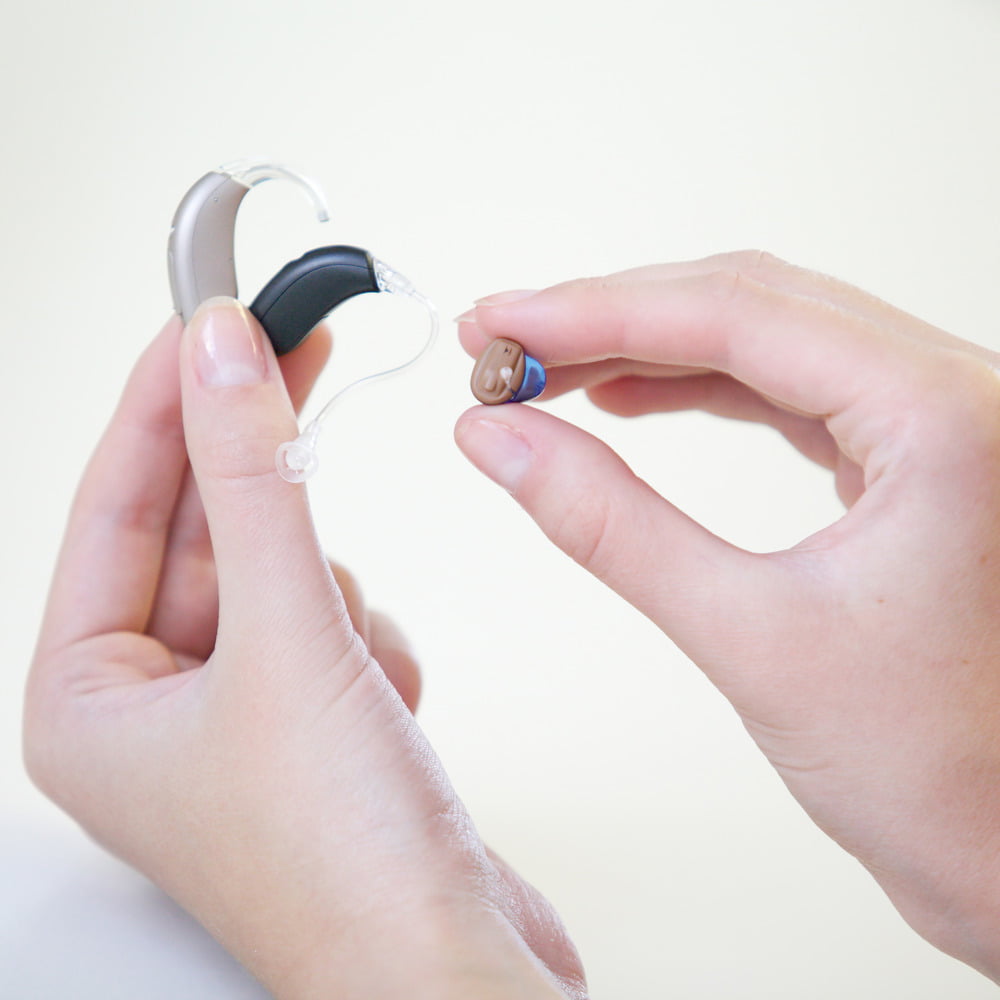Living with hearing loss can significantly impact one’s quality of life, affecting communication, social interactions, and overall wellbeing. Fortunately, modern technology offers a solution in the form of hearing aids, which can restore and enhance auditory abilities. However, the effectiveness of these devices relies on accurate and customised fittings that cater to each individual’s unique hearing needs.
Understanding Hearing Aid Fittings
Hearing aid fittings are a critical step in the journey toward better hearing. They involve a comprehensive process that goes beyond simply selecting a hearing aid. A successful fitting requires a thorough assessment of an individual’s hearing profile, taking into account their unique hearing loss characteristics, communication needs, and personal preferences.
Assessing Hearing Needs
The first step in the hearing aid fitting process is to assess an individual’s hearing needs. This involves a comprehensive audiometric evaluation, which includes the measurement of hearing thresholds to determine the severity and nature of their hearing loss.
During the evaluation, qualified hearing care professionals conduct tests to measure the softest sounds an individual can hear at different frequencies. These results provide crucial insights into the individual’s hearing abilities and guide the selection of appropriate amplification settings.

Communication Needs and Lifestyle Requirements
Understanding an individual’s communication needs and lifestyle requirements is essential for a successful hearing aid fitting. By discussing their communication challenges and preferences, hearing care professionals can customise the fitting process to address their specific needs.
Factors such as daily activities, social interactions, and work environments are considered to determine the most suitable hearing aid features and technology. This ensures that the selected hearing aids align with the individual’s lifestyle and facilitate effective communication in various situations.
Selecting a Suitable Hearing Aid
There is a wide variety of hearing aid styles, designs, and features available to accommodate different hearing needs and personal preferences. During the selection process, hearing care professionals guide individuals in choosing the most suitable hearing aid for their specific requirements.
Factors such as the degree of hearing loss, cosmetic preferences, and desired functionality are taken into account. The goal is to find a hearing aid that not only provides optimal amplification but also fits comfortably and suits the individual’s aesthetic preferences.

Physical Fitting and Adjustment
Once a suitable hearing aid is selected, the physical fitting and adjustment process begins. Hearing care professionals ensure that the hearing aids fit comfortably and securely in the individual’s ears. They check the physical fit, position, and retention of the devices to ensure optimal performance.
During this stage, the professional may make necessary adjustments to the hearing aids, such as modifying the earpieces or ear moulds, to improve comfort and sound quality. They also provide instructions on proper care and maintenance, including cleaning guidelines and battery replacement procedures.
The Role and Benefits of Real Ear Measurements
Real Ear Measurements (REMs) are crucial in the hearing aid fitting process. They provide objective measurements of sound levels in the ear canal with the hearing aid in place, ensuring accurate customisation and performance. Incorporating REMs offers several benefits:
- Accurate Verification: REMs objectively verify the amplification delivered by the hearing aid, ensuring it matches the individual’s needs.
- Improved Speech Intelligibility: Fine-tuning based on REMs optimises speech understanding by adjusting amplification and reducing background noise.
- Enhanced Comfort and Satisfaction: Customised REM-based fittings minimise over-amplification, increasing comfort and user satisfaction.
- Tailored Fittings: REMs consider individual ear acoustics, enabling precise adjustments and maximising hearing aid benefits.
By integrating REMs into the fitting process, hearing care professionals ensure precise adjustments to amplification, resulting in enhanced comfort and a personalised hearing experience for each individual, making REMs an invaluable tool for hearing aid fittings.
Upgrade Your Hearing Aid Fitting Skills With Meduc8ion
The fitting of hearing aids plays a vital role in helping individuals with hearing loss regain their ability to communicate effectively and improve their quality of life. Real Ear Measurements (REMs) have emerged as an essential tool in this process, ensuring optimal customisation and performance of hearing aids.
To further enhance your knowledge and skills in Real Ear Measurements (REMs), Meduc8ion offers a comprehensive REM course. Our course provides in-depth training on REM techniques, interpretation of results, and practical application in the fitting process. By enrolling in the REM course, you can expand your expertise and stay at the forefront of hearing aid fittings.
Don’t miss out on the opportunity to improve your proficiency in Real Ear Measurements (REMs) and elevate the quality of care you provide to your patients. Book our REM course today and take your hearing aid fitting skills to new heights!







